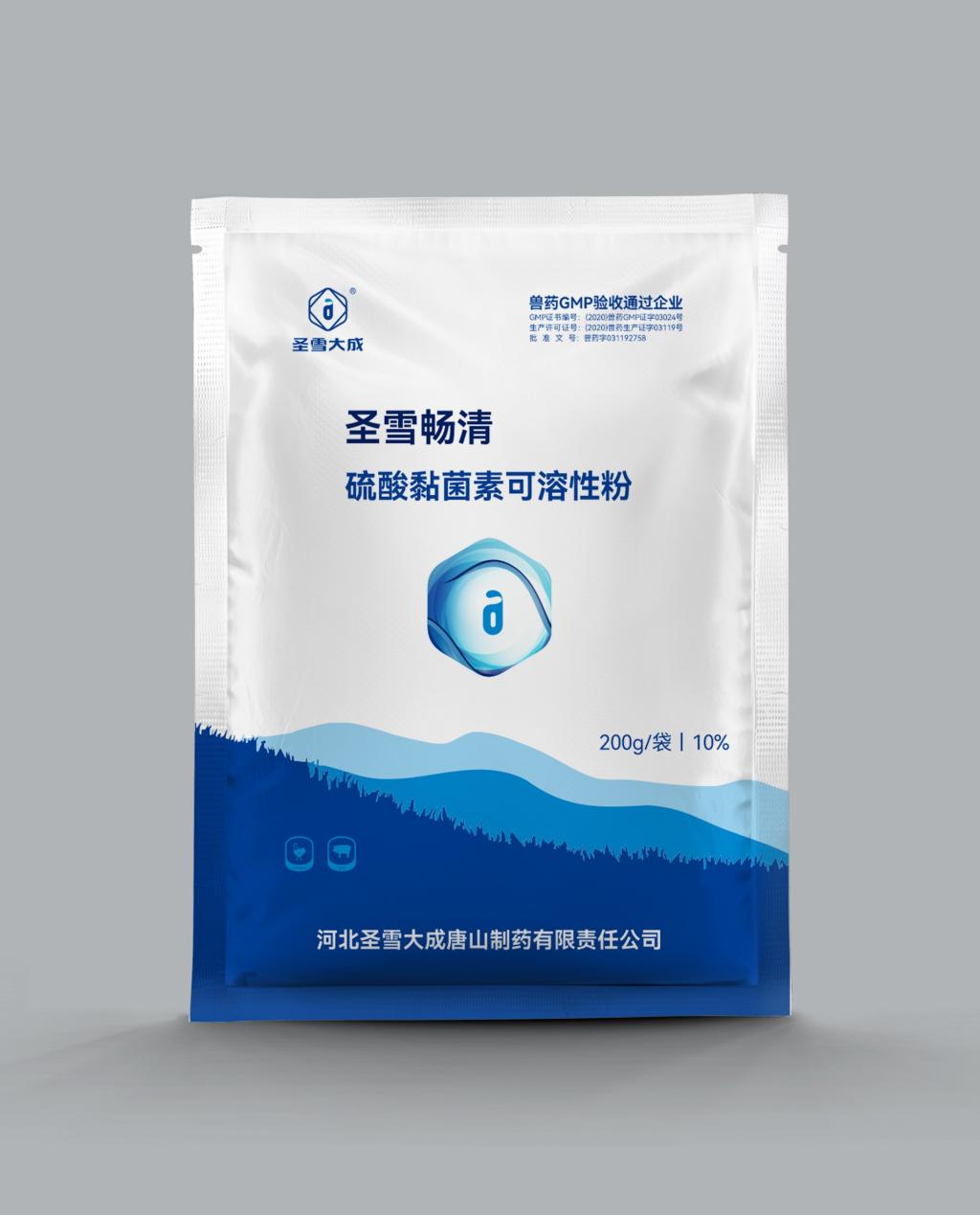Tel:+8618231198596

News
 CONTACT
CONTACT
 CONTACT
CONTACT
- Linkman:Linda Yao
- Tel: +8618231198596
- Email:linda.yao@dcpharma.cn
- Linkman:CHARLES.WANG
- Department:Overseas
- Tel: 0086 0311-85537378 0086 0311-85539701
News
Current Position:
Home >
News
>An Insight into Colistin Sulfate Soluble Powder's Mechanism of Action.
An Insight into Colistin Sulfate Soluble Powder's Mechanism of Action.
TIME:2023-12-29
I. Introduction: The Resurgence of Colistin
Historical Context
Discovered in the 1940s, colistin initially played a secondary role in the antibiotic era. However, the rise of multidrug-resistant bacteria has thrust colistin into the forefront of medicine as a last-resort option, highlighting the urgency of comprehending its mechanism of action.
Critical Role in Modern Medicine
Colistin sulfate soluble powder has become indispensable in critical medical scenarios where traditional antibiotics fail to combat multidrug-resistant pathogens. Its mechanism of action, rooted in disrupting bacterial cell membranes, is central to its efficacy against a broad spectrum of Gram-negative bacteria.
II. Colistin's Molecular Structure and Classes
Polymyxin Antibiotics
Colistin belongs to the polymyxin class of antibiotics, which also includes polymyxin B and polymyxin E (colistin). These antibiotics share a similar cyclic peptide structure, characterized by a lipophilic tail and a cationic, hydrophilic head.
Molecular Structure of Colistin
The molecular structure of colistin consists of a cyclic heptapeptide ring linked to a fatty acid chain. This unique structure contributes to its amphiphilic nature, enabling interactions with bacterial membranes.
III. Mechanism of Action: Disrupting Bacterial Cell Membranes
Specific Target: Lipopolysaccharide (LPS) in Gram-Negative Bacteria
Colistin's specificity lies in its interaction with lipopolysaccharide (LPS), a key component of the outer membrane of Gram-negative bacteria. LPS is crucial for maintaining the integrity and stability of the bacterial cell wall.
Interaction with Lipid A
Colistin primarily targets the lipid A component of LPS. The positively charged head of colistin interacts with the negatively charged phosphate groups in lipid A, disrupting the electrostatic forces that maintain the structural integrity of the outer membrane.
IV. The Sequence of Events: Colistin's Assault on Bacterial Membranes
Initial Electrostatic Interaction
Colistin's cationic head binds electrostatically to the anionic phosphate groups in the lipid A component of LPS. This initial interaction facilitates the approach of colistin to the bacterial cell membrane.
Insertion into the Outer Membrane
Once bound to LPS, colistin's hydrophobic tail inserts into the hydrophobic region of the bacterial outer membrane. This disrupts the packing of lipid molecules, leading to destabilization and permeabilization of the outer membrane.
Perturbation of Inner Membrane Integrity
With the outer membrane compromised, colistin gains access to the inner membrane. It perturbs the integrity of the inner membrane, causing leakage of intracellular components and disrupting essential cellular processes.
V. Selectivity and Spectrum of Activity
Gram-Negative Specificity
Colistin's mechanism of action is highly specific to Gram-negative bacteria due to the presence of LPS in their outer membrane. Gram-positive bacteria lack this outer membrane structure, making them less susceptible to colistin.
Spectrum of Activity
Colistin exhibits a broad spectrum of activity against various Gram-negative pathogens, including Escherichia coli, Klebsiella pneumoniae, Pseudomonas aeruginosa, and Acinetobacter baumannii. Its versatility makes it a crucial tool in combating infections caused by multidrug-resistant strains.
VI. Challenges and Concerns: Navigating Resistance and Toxicity
Emergence of Colistin Resistance
Despite its critical role, the emergence of colistin-resistant strains poses a significant challenge. Resistance mechanisms, often involving modifications in lipid A structure or efflux pump activation, can compromise colistin's effectiveness.
Toxicity Concerns in Clinical Use
Colistin's use is associated with concerns about potential nephrotoxicity and neurotoxicity. Balancing its therapeutic benefits with the risk of adverse effects requires careful consideration, especially in critically ill patients.
VII. Clinical Applications and Dosage Considerations
Intravenous and Topical Formulations
Colistin sulfate soluble powder is available in intravenous and topical formulations. Intravenous administration is commonly employed for systemic infections, while topical application is utilized in certain localized infections or as a prophylactic measure.
Individualized Dosage Adjustments
Colistin's pharmacokinetics and pharmacodynamics exhibit variability among individuals. Individualized dosage adjustments based on factors such as renal function, age, and the severity of infection are crucial to optimize therapeutic outcomes while minimizing the risk of toxicity.
VIII. Future Directions: Navigating Colistin's Role in the Antibiotic Arsenal
Research into Novel Polymyxins
Ongoing research aims to develop novel polymyxins with improved efficacy and reduced toxicity. Investigating the structure-activity relationships of polymyxins may unveil new candidates with enhanced properties.
Combination Therapies and Synergy
Exploring combination therapies that involve colistin and other antibiotics may offer synergistic effects, potentially reducing the risk of resistance and expanding treatment options. Understanding the interactions between colistin and other antimicrobial agents is crucial for optimizing combination therapies.
IX. Conclusion: Unraveling the Threads of Colistin's Antimicrobial Tapestry
Colistin sulfate soluble powder's mechanism of action, intricately woven into the disruption of bacterial cell membranes, represents a last-resort defense against multidrug-resistant Gram-negative bacteria. As we navigate the challenges of resistance and toxicity, a deeper understanding of colistin's unique properties offers insights into its clinical applications and potential avenues for future research. Balancing the critical need for effective antibiotics with the imperative of responsible use, the journey of colistin continues to unravel new threads in the ever-evolving tapestry of antimicrobial therapeutics.
- Tel:+8618231198596
- Whatsapp:18231198596
- Chat With Skype







